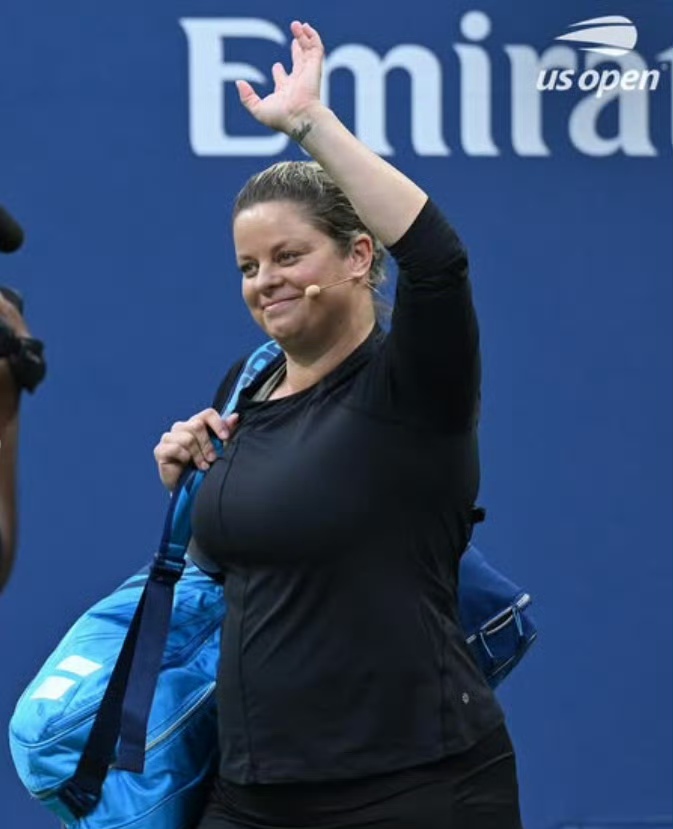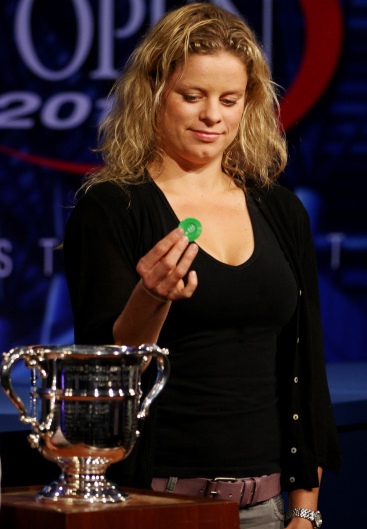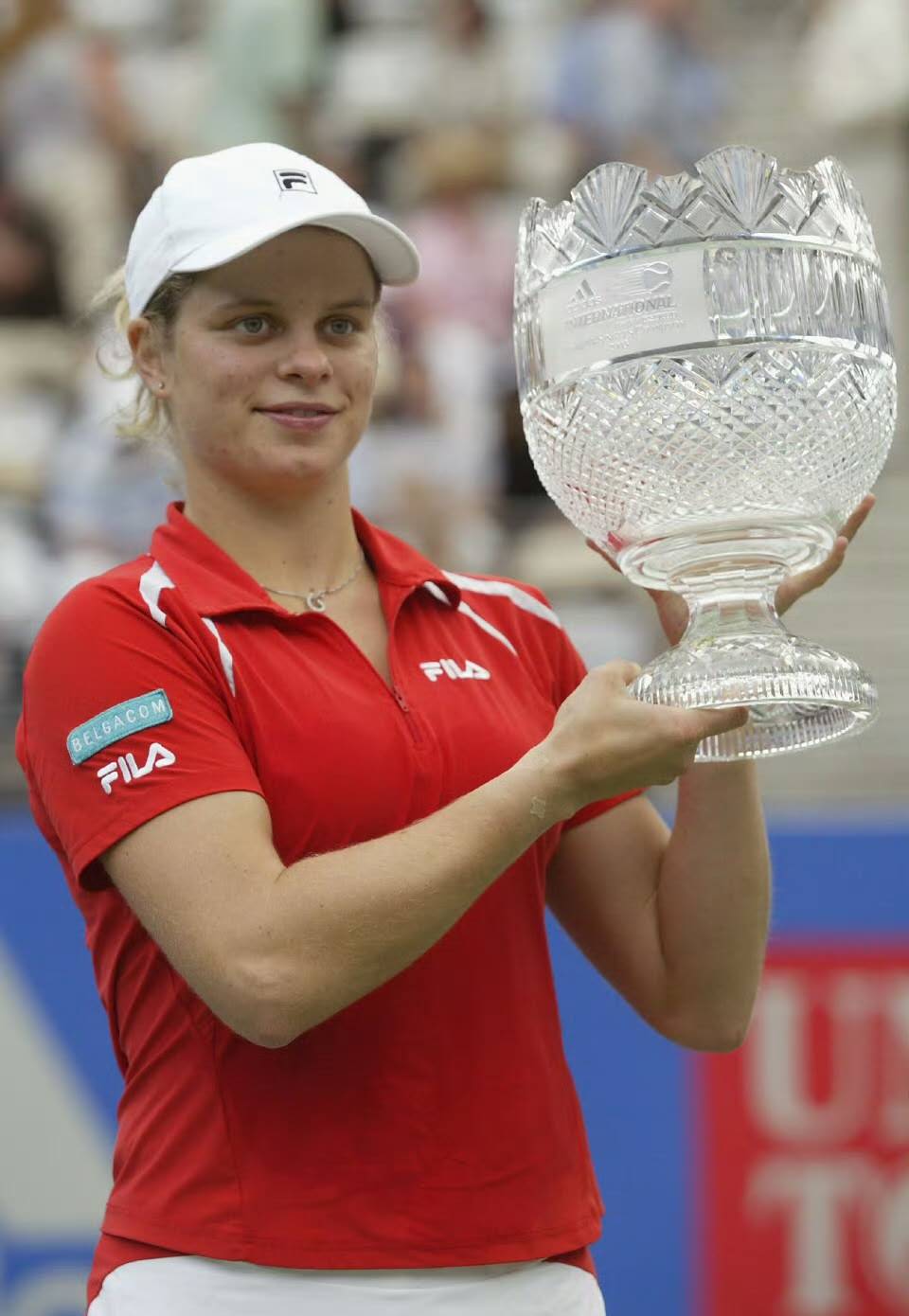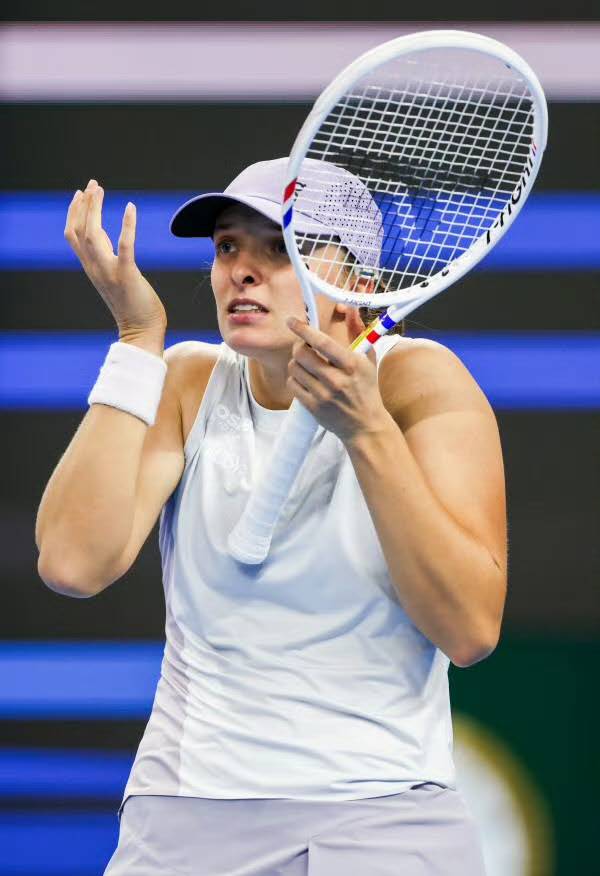Kristers: Majority of players exit in early rounds, learning to accept the long schedule is necessary
Recently, Belgian star Kristers talked about the schedule issue that many players have been discussing lately, but in her view, the long season is just a part of tennis, and players need to accept it.

The escalating dispute over the overly long tennis calendar has caused player dissatisfaction. Swiatek, Alcaraz, Gauff, and Sabalenka have all voiced strong criticism of the current scheduling. However, former world No.1 Kristers frankly pointed out, based on her experience with the players’ council, that the core reason for the packed schedule is the necessity of many tournaments. This also caters to the participation needs of lower-ranked players, ensuring there are events throughout the year, and no schedule can satisfy everyone.
“Complaints about the schedule have always existed, exist now, and will continue to exist in the future,” Kristers candidly stated recently. “During my two years on the WTA board in 2003-2004, the most common issue I heard was about the schedule and calendar, and it’s still the same today. To shorten the tennis season, the entire ranking system and points structure would have to change — that’s the only way to reduce the schedule. But many players don’t want a shorter season... It’s a no-win situation. Organizers and tournament directors are doing their jobs, providing employment opportunities, and prize money is increasing. I believe many things are moving in the right direction. This is the reality and part of the job.”

Kristers pinpointed the core issue: “To shorten the tennis season, the entire ranking and points system must be changed. That is the only way to alter the current situation.” Yet, she also revealed a contradiction: “Many players actually do not want the tennis season to be shortened.”
In Kristers’ view, the controversy over the schedule is essentially an unsolvable problem because it involves a complex balance of multiple interests.
She emphasized that tournament organizers and directors are simply fulfilling their responsibilities: “They create jobs, and many aspects are moving toward improvement.”
Regarding the necessity of scheduling events in November and December, Kristers offered another perspective: “Tournaments in November and December are necessary because not all players have the chance to compete in many events throughout the season.”

She further explained: “Not all players reach the finals. Most are eliminated in the first or second rounds. So compared to those who advance to finals and win titles, these players actually have rest time before their next tournament.”
However, sharply contrasting Kristers’ accepting attitude, current players genuinely feel both physical and mental pressures.
Swiatek specifically described: “Everyone is exhausted in the latter half of the season. Especially the Asian swing — having to give full effort near the year’s end is the toughest.” During this year’s China Open, an unusual five players withdrew in a single day, highlighting the severity of the issue. Australian star Deminar bluntly stated: “Players’ careers are shortened due to mental fatigue; there are simply too many matches nowadays.”
Responding to players’ complaints, Australian former player and Serena Williams’ ex-coach Rennae Stubbs offered a different viewpoint. She believes top players actually have more influence: “From a TV audience perspective, there are three names that draw attention: Carlos, Coco, and Novak.”

Stubbs both empathizes with players’ situations and points out contradictions: “When players say the schedule must be shortened so they can attend exhibitions in Miami suburbs, it’s hard to take seriously.” She especially mentioned Alcaraz: “Although I love Carlos, I’ve noticed lately he’s listed in almost every December exhibition.”
Facing the growing controversy, both ATP and WTA have expressed strong concern for player health. ATP recently stated it is actively promoting schedule reforms, with “extending players’ rest periods” as a key goal. The WTA emphasized that the new system does not increase players’ match loads, citing data from the past decade showing top players average about 20 tournaments annually.
However, Swiatek sharply noted: “I believe so many injuries happen because the season is too long and the competition too intense.”

The tennis calendar dispute resembles an endless multi-shot tug of war. Amid the clashes of player health, event management, commercial interests, and fan expectations, Kristers’ words reveal a reality: this isn’t simply a matter of right or wrong but a complex balance within the professional tennis ecosystem.
Perhaps as Kristers said, this debate over the schedule “has always existed, exists now, and will continue to exist.”(Source: Tennis Home Author: Lu Xiaotian)







 Links
Links
 Contact
Contact
 App
App


